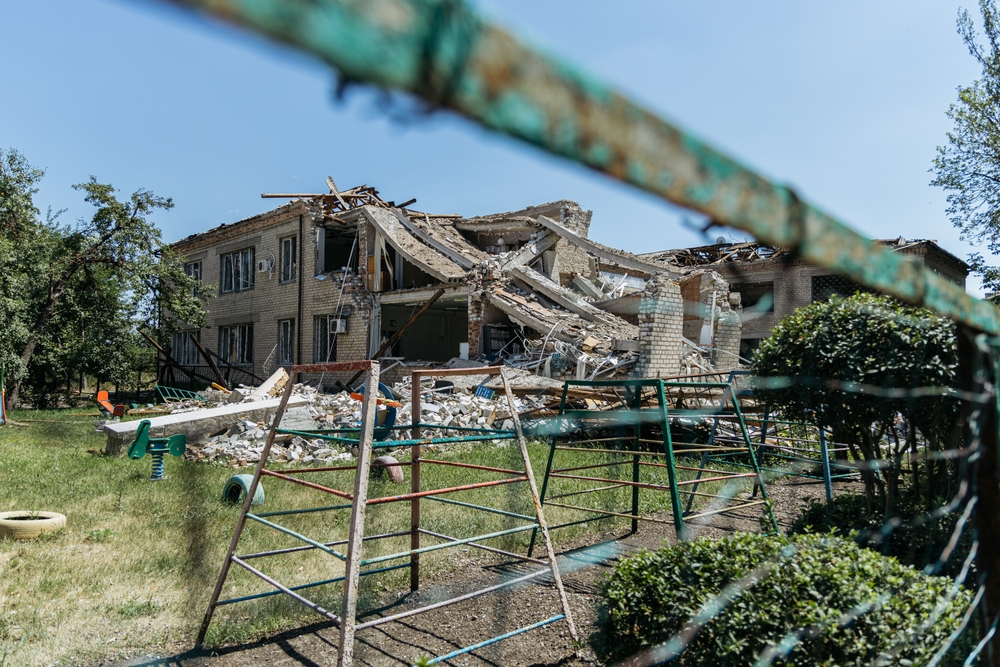Pokrovsk is home to Ukraine’s largest coking coal mine.
Others are reading now
As Russian forces push deeper into eastern Ukraine, the strategic city of Pokrovsk is on the brink of becoming the next battleground.
6,000 Workers Employed
Just eight kilometers (five miles) from the city’s eastern outskirts, Russian troops are closing in, setting the stage for what could be a brutal fight. For Ukraine, the consequences of losing Pokrovsk would extend beyond the battlefield, dealing a severe blow to its struggling steel industry.
Pokrovsk is home to Ukraine’s largest coking coal mine, a vital resource for the country’s steel production, according to Hotnews.
The mine, owned by Metinvest and controlled by Ukrainian billionaire Rinat Akhmetov, employs around 6,000 workers, including 1,000 who are currently serving in the Ukrainian armed forces. This mine produces coking coal used for smelting iron, a critical component in steelmaking.
Also read
Cutting off Transportation Routes
In 2023, Metinvest had planned to extract 5.3 million metric tons (5.8 million U.S. tons) of coal from the mine. The company’s steel production is equally crucial, with Ukrainian steel plants producing 6.2 million metric tons (6.8 million U.S. tons) of crude steel this year.
But these numbers represent a stark decline from pre-war levels. In 2021, Ukraine was the world’s 14th-largest steel producer, churning out 21.4 million metric tons (23.6 million U.S. tons). By 2022, it had dropped to 24th place as the war ravaged the country’s industrial infrastructure.
Russia’s intentions go beyond merely taking control of Pokrovsk. Analysts warn that Moscow is likely to target the region’s power supply and transportation routes, which are essential for delivering coal to steel plants in western Ukraine.
Cutting off these supply lines would cripple steel production, an industry that once made up a third of Ukraine’s exports.
According to Oleksandr Kalenkov, head of Ukrmetalurgprom, if Ukraine loses Pokrovsk, the country’s steel production could plummet to just 2-3 million metric tons (2.2-3.3 million U.S. tons), from an expected 7.5 million metric tons (8.3 million U.S. tons).
This would result in devastating losses for both the industry and the Ukrainian government, which relies heavily on the revenue generated by steel exports.


